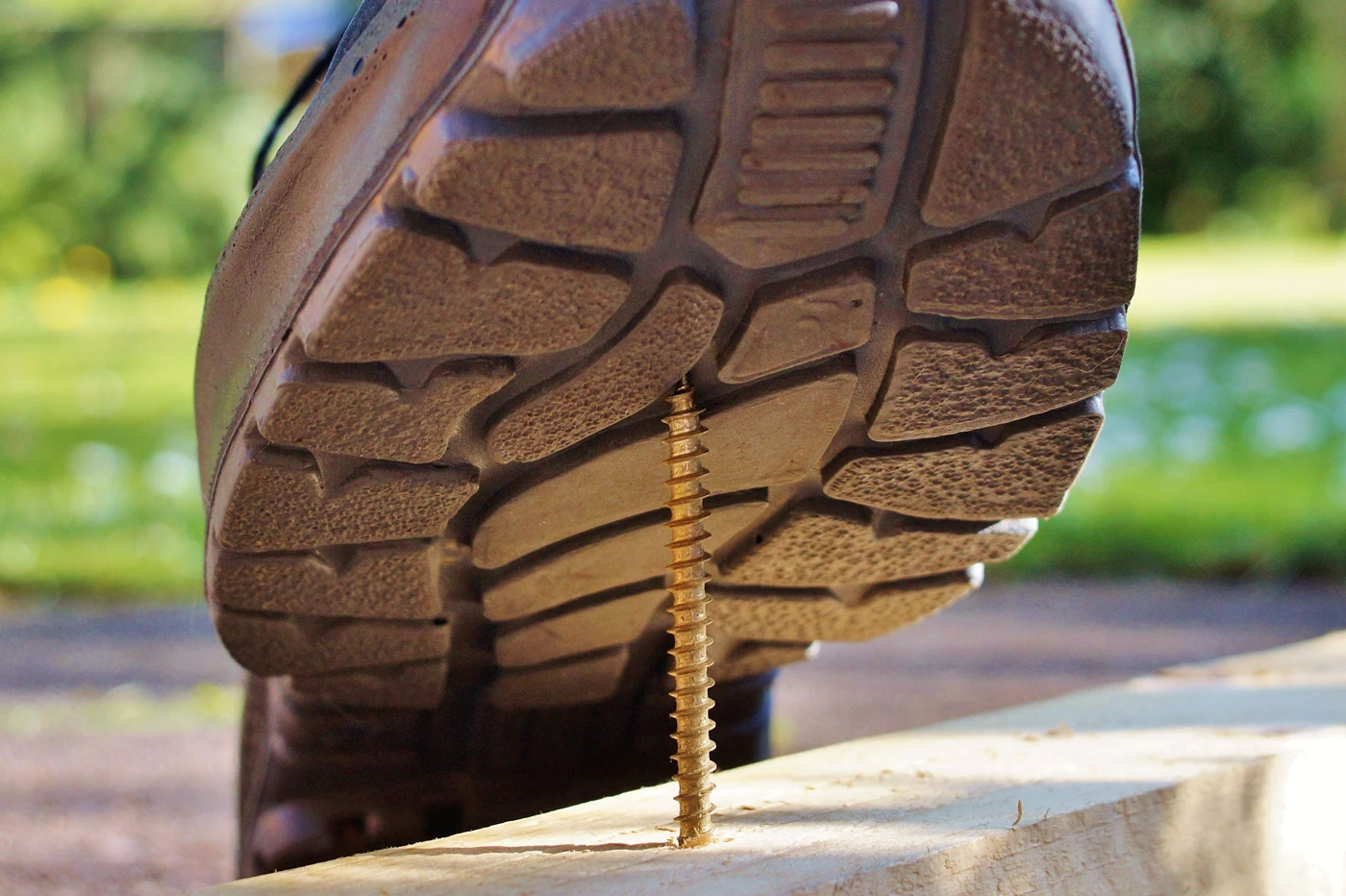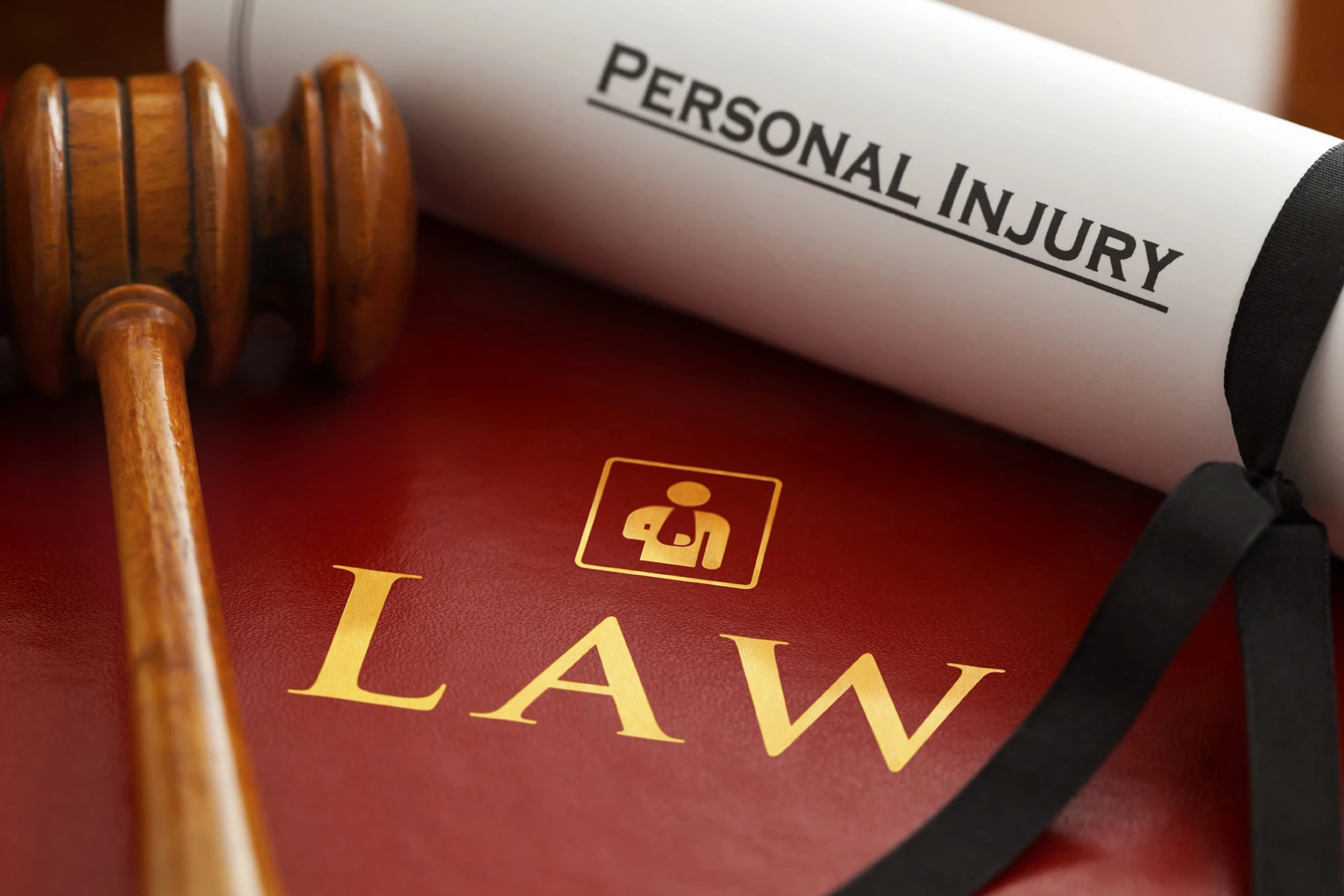11/12/2019 | Category: Commercial Insurance

Millions of Brits have suffered an accident in the workplace. Recent research carried out by specialist injury lawyers Hudgell Solicitors, revealed that more than half of Brits (51%) have been injured while at work.
The study, which questioned 2,000 workers in the UK, also found that a third are not fully aware of their employer’s health and safety policy – a figure which could explain why injury rates are so high.
So are companies doing enough to prevent staff getting injured at work? Another study by the Health & Safety Executive (HSE) reveals that some could do better.
According to the research, construction firms in particular could be putting their staff at risk with their lax attitude to health and safety.
The research revealed that 67% of construction companies in the UK think they would fail a formal ‘on the spot’ site inspection (or at best ‘scrape’ through) – not good news, whether you’re the employer or the employee.
If you are a contractor working in the construction sector – or any other industry for that matter – this doesn’t make for the most comfortable reading.
Most common workplace injuries and cities
One of the best ways to reduce the risk of workplace injuries is to anticipate those risks and take action to mitigate them. Data from the HSE reveals the most common kinds of non-fatal accidents happening in the workplace are:
· Slips, trips or falls on the same level – 29%
· Handling, lifting of carrying – 20%
· Struck by a moving object – 10%
· Acts of violence – 8%
· Falls from a height – 8%
Other injuries that happen in the workplace include cuts and lacerations, inhalation of fumes, exposure to loud noises, walking into objects and back or neck strains.
The research by Hudgell Solicitors also revealed the UK cities with the most workplace accidents. These are:
· Newcastle (57%)
· Nottingham (56%)
· Plymouth (54%)
· London (54%)
· Manchester (54%)
· Belfast (53%)
· Southampton (53%)
· Glasgow (51%)
· Sheffield (50%)
· Birmingham (49%)
How to avoid being injured at work

While self-employed workers do not have the same rights as those employed on a permanent basis by the company, they are entitled to the same rights in relation to health and safety.
All businesses have a duty to take reasonable care that their full-time staff, contractors and visitors are not injured while carrying out their duties.
But accidents can and do happen – even in the most prepared of workplace environments. It is therefore important that employees and contractors do everything they can to make sure they stay protected.
Here are three things you can do to reduce your risk of suffering an injury at work.
1 Learn how to use safety equipment
As a contractor, you have the right to expect the company you are working for will ensure all equipment is safe.
Make sure have the right safety equipment to get the job done and get the training you need to use equipment such as harnesses effectively and safely.
Even if you think you know how to use it (i.e. goggles, face protection, hard hats, or ear defenders). It is also important to get into the habit of using it regularly, not just from time to time.
2 Don’t take shortcuts
Accidents are more likely to happen when you cut corners. Make sure you complete all the steps required to finish a job, and don’t take shortcuts in order to get a project ready ahead of schedule.
3 Stay up to date on new hazards
Technology means that new workplace hazards are cropping up all the time.
In the same way computers can lead to repetitive strain injuries, ‘distracted walking’ (when employees wander round the workplace looking at their phones) puts you at greater risk of tripping, falling and colliding with other distracted walkers and inanimate objects.
Be aware of these hazards and avoid them in the work environment.
4 Exercise caution when using ladders
Anyone who has watched an episode of You’ve Been Framed will know, using a ladder can get you into all sorts of scrapes.
And used incorrectly, they can be really dangerous. Using ladders properly is essential – opening them fully, making sure they are on a stable surface, not climbing higher on the rungs than recommended, and working as part of a team when using ladders.
What to do if you are injured at work

If you are injured at work, it can be distressing and confusing. As well as dealing with your injuries, you need to get access to reliable information. Here’s a guide to what you should do if you suffer an injury at work.
1 Focus on your injury
The most immediate action is treating your injury. If you are able, find the first aider. If in doubt about your injuries, stay still. If you need to go to hospital, make sure a colleague goes with you.
2 Report the accident
If you were working alone at the time of the accident, you need to make colleagues aware of the incident. You also need to make your manager aware of the accident, following the company’s accident reporting protocols. If the accident is serious, the employer is legally obliged to report it to the HSE.
3 Record the evidence and your symptoms
After an accident at work you should take photos and videos of the accident location. This is particularly important if you make a claim at a later date.
4 Make sure you have adequate contractor insurance
Speak with a reputable insurance broker to find the best contractor insurance policy for your workplace needs.
Protect yourself with contractor insurance

Arranging your contractor insurance through a specialist like Insurance Choice Commercial means you get a policy designed to reflect industry changes and the challenges you might face on a daily basis.
Our policies include cover for negligence, public liability and professional indemnity among other things.
Get a quote for contractor insurance today.
